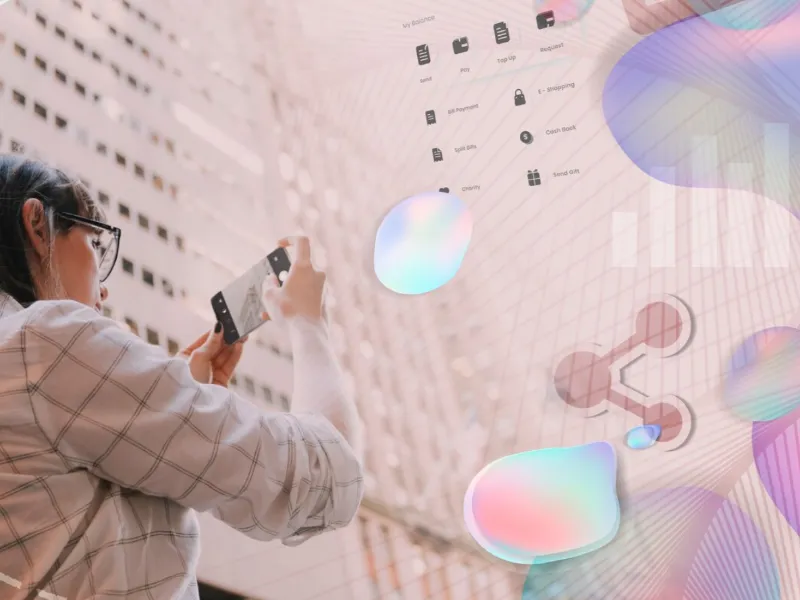- The mesh in augmented reality serves as a detailed map or model of the user’s surroundings, enabling accurate object placement and precise spatial registration.
- The mesh allows for intuitive and interactive experiences by enabling AR systems to detect and respond to user interactions, such as hand gestures or physical objects.
- By leveraging the mesh data, AR applications can offer contextual interactions and experiences that intelligently respond to the user’s surroundings, creating a more immersive and convincing AR experience.
Augmented reality (AR) has transformed the way we engage with digital content by seamlessly merging virtual objects with our physical surroundings. A vital component in achieving this seamless integration is the “mesh.” Serving as a detailed map or model of the environment, the mesh enables accurate object placement, precise spatial registration, intuitive interactions, and contextual understanding in AR experiences.
Also read: What is Augmented Reality?
The fundamentals of AR mesh
In order to create a smooth interaction between virtual objects and the real world, AR systems use a 3D digital representation called the “mesh.” This interconnected structure of vertices, edges, and faces resembles a grid and is built by capturing and analysing data points, including depth information from sensors or cameras.
The mesh acts as a foundation for virtual items to anchor and interact with their surroundings, providing a stable connection between the digital and physical realms. By aligning virtual objects with the mesh’s corresponding features, AR applications can create immersive and context-aware experiences, seamlessly blending the virtual and real worlds.
Also read: Virtual reality applications in education
Design and modelling in AR
Designing and modelling 3D objects and environments are critical steps in creating realistic and immersive AR experiences. These 3D models consist of vertices, faces, and polygons that form the basic structure of any object.
AR designers use computer software and tools to generate 3D models with multiple vertices connected by edges, creating faces. These faces, usually composed of triangles, can be combined in various ways to create complex and detailed models. The selection of accurate colours and textures is important to ensure the realistic appearance of the objects and their seamless integration with the real environment.
Mesh decimation is another crucial technique used in AR design. It reduces the number of polygons in a 3D model without compromising its overall shape and appearance. By eliminating unnecessary vertices and faces, mesh decimation optimises the digital model, ensuring smooth performance in AR applications.
Also read: AR vs VR: What’s the difference?
Real-world interaction in AR
AR enables users to interact with virtual objects in their real-world environment. Accurate placement of digital content into the physical space is essential for perceiving virtual objects as if they were genuinely present. This precision requires sophisticated technology that can detect and understand the user’s surroundings.
Cutting-edge sensors and cameras capture real-time data about the environment, which is used to create a virtual mesh, mapping the surroundings. The mesh forms the foundation for placing digital information in the correct context and location, ensuring that virtual objects are seamlessly integrated into the real world.
Real-time tracking is employed to anchor virtual objects to their designated locations as the user moves around. This tracking enhances the interactive experience and maintains the illusion of seamless integration.
The mesh plays a crucial role in augmented reality, enabling accurate placement, precise registration, intuitive interactions, and contextual understanding. Its ability to create a stable foundation for virtual objects and seamlessly integrate them into the real world enhances the overall immersive and interactive experience for users.

